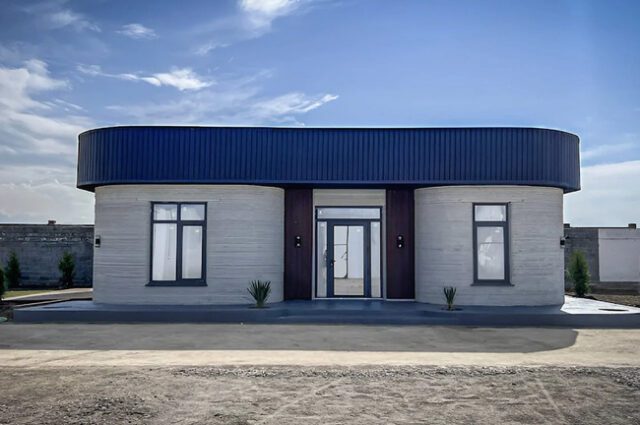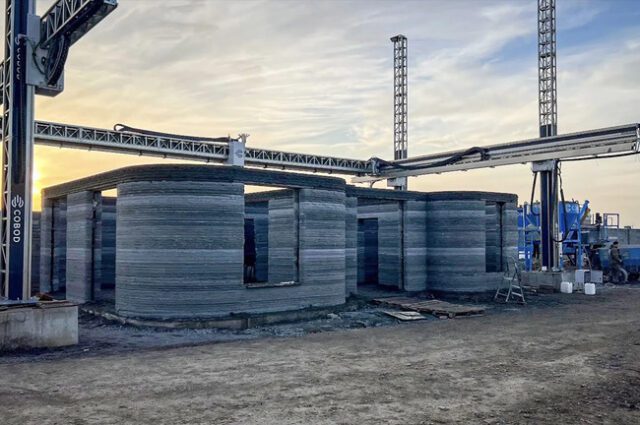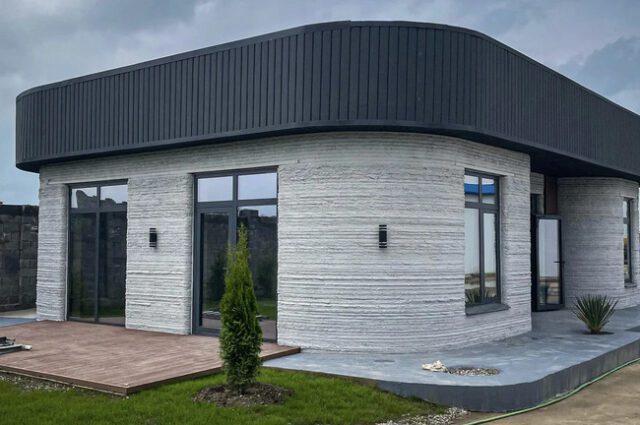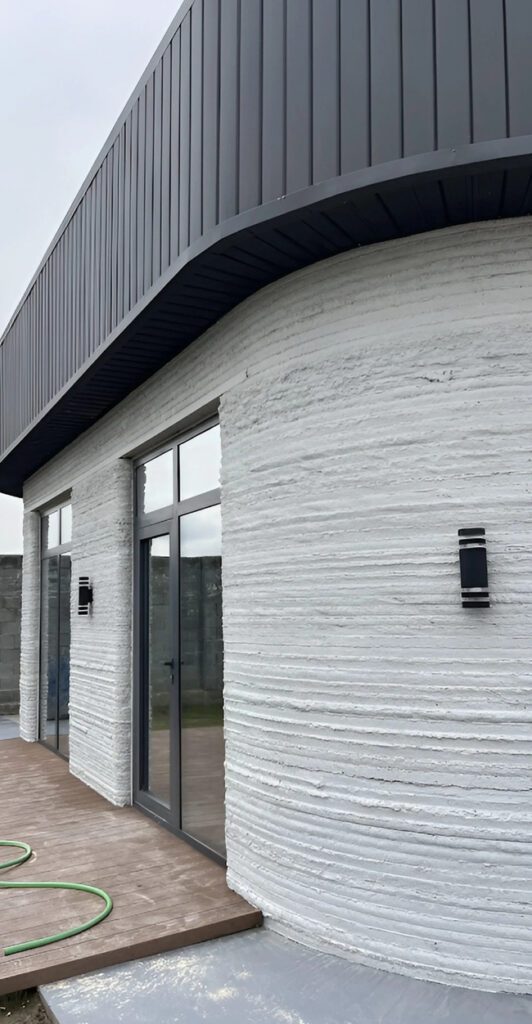
This pocket-friendly home in Almaty, Kazakhstan, designed by BM Partners and 3D-printed using COBOD’s BOD2 model, stands as a pioneering achievement in Central Asia, being the region’s first 3D-printed house. Constructed to endure the extreme weather conditions and seismic activities common in the area, this innovative dwelling demonstrates the resilience and versatility of 3D-printed architecture. Remarkably, the house can be printed in just five days, offering a cost-effective alternative to traditional construction methods. The process involves a specialized cement-like mixture, extruded in layers, that meets Almaty’s stringent seismic regulations and can withstand earthquakes up to 7.0 on the Richter scale. This ensures that the home is not only economically advantageous but also safe and durable.

To bolster the structural integrity of the home, BM Partners utilized a concrete mix with an impressive compression strength of nearly 60 MPa (8,500 PSI), significantly surpassing the 7-10 MPa (1,015-1,450 PSI) typically found in conventional construction materials in Kazakhstan. This robust mixture, developed through a collaboration between COBOD International and Cemex, incorporates locally sourced materials enhanced with the D.fab admixture, allowing for tailored formulations suitable for the region’s harsh climate, which ranges from minus 57 to plus 49 degrees Celsius (minus 70.6 to plus 120 degrees Fahrenheit). Including expanded polystyrene concrete for wall insulation further improves the thermal and acoustic properties of the home. After the walls are printed, human workers install doors, windows, and furniture, completing the construction process within approximately two months. The final product is a spacious 100 sq m single-story home with ample glazing and a generous living area, priced at around US$21,800, significantly lower than the average local home, showcasing the transformative potential of 3D-printed housing.
















